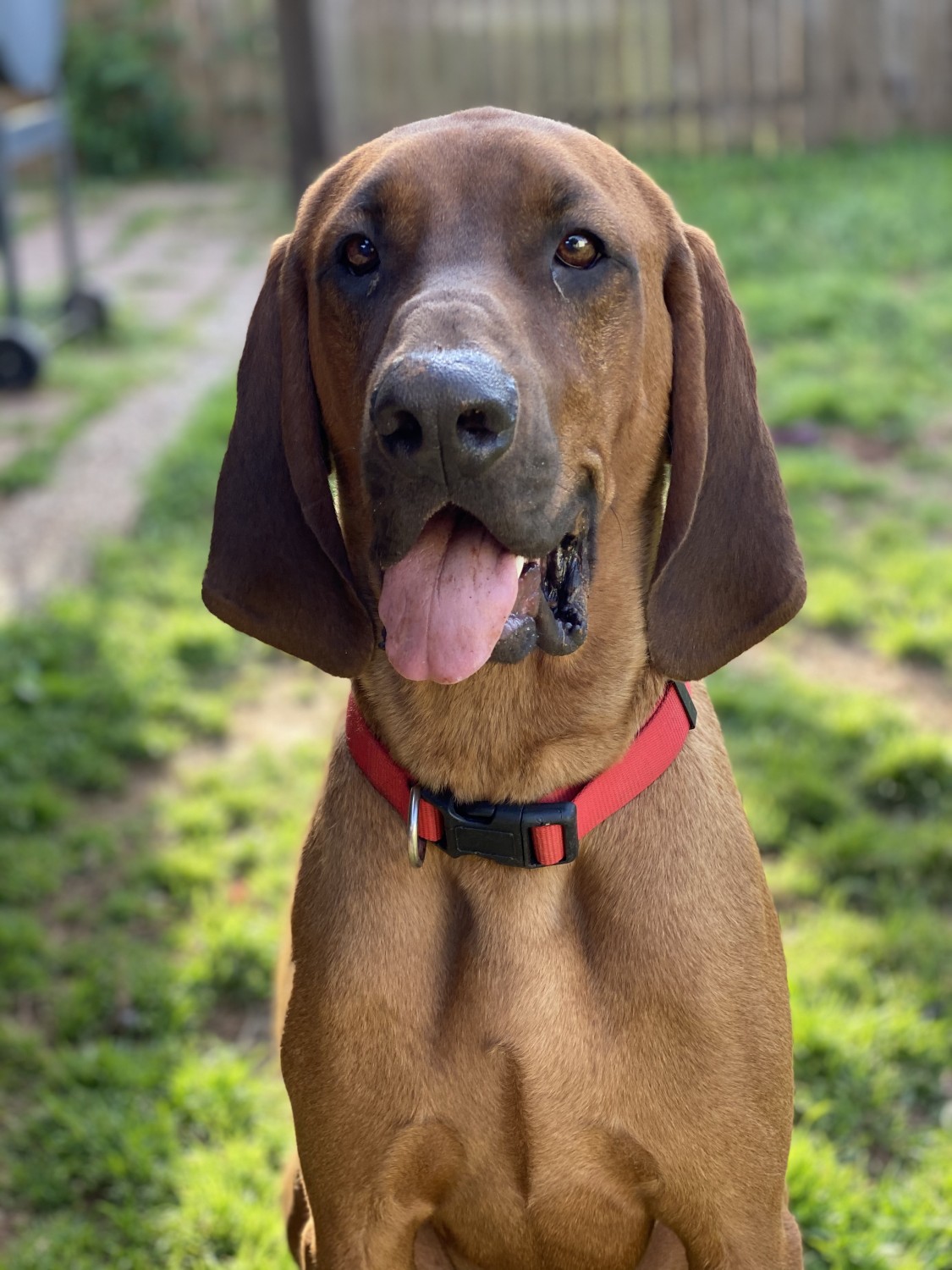These breeds generally aren’t a good fit for homes with smaller pets that can look like prey, such as cats, hamsters, or small dogs. Breeds that were originally used for bird hunting, on the other hand, generally won’t chase, but you’ll probably have a hard time getting their attention when there are birds flying by. Others need daily, vigorous exercise, especially those that were originally bred for physically demanding jobs, like herding or hunting.
If you’re adopting a puppy, it’s a good idea to find out which genetic illnesses are common to the breed you’re interested in. You may also want to ask if your shelter or rescue has information about the physical health of your potential pup’s parents and other relatives. Drool-prone dogs may drape ropes of slobber on your arm and leave big, wet spots on your clothes when they come over to say hello. If you’ve got a laid-back attitude toward slobber, fine; but if you’re a neatnik, you may want to choose a dog who rates low in the drool department. Some dogs will let a stern reprimand roll off their backs, while others take even a dirty look to heart.

The medium-size, solid-red dogs have the pleading expression common to hounds everywhere and a sweet voice that sings out when they’re on the hunt. Unfortunately, they also bark a lot at home, so make sure you live out in the country or have very tolerant neighbors. Dogs who were bred to hunt, such as Terriers, have an inborn desire to chase–and sometimes kill–other animals. Anything whizzing by, such as cats, squirrels, and perhaps even cars, can trigger that instinct. Dogs who like to chase need to be leashed or kept in a fenced area when outdoors, and you’ll need a high, secure fence in your yard.
You’ll get your best match if you take your dog-owning experience into account as you choose your new pooch. Even though these are purebred dogs, you may find them in the care of shelters or rescue groups. Ask your vet about your dog’s diet and what they recommend for feeding your pooch to keep them at a healthy weight. Weight gain can lead to other health issues or worsen problems like arthritis. Due to poor breeding practices, some breeds are prone to certain genetic health problems, such as hip dysplasia. This doesn’t mean that every dog of that breed will develop those diseases; it just means that they’re at an increased risk.
I was born and raised in the small town of Clinton, Oklahoma. I always had a love for animals, which led me to pursue a career in zookeeping. I worked at various zoos across the country before becoming the director emeritus of the Zoo and Aquarium. I am now retired from my career in zookeeping, but I still enjoy caring for animals as a hobby.









No Comments
Leave a comment Cancel